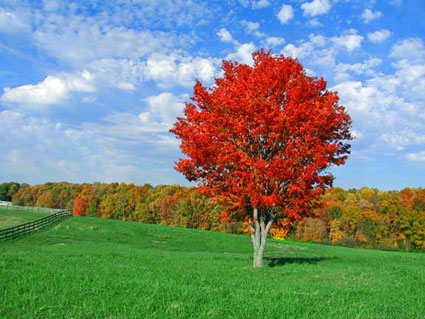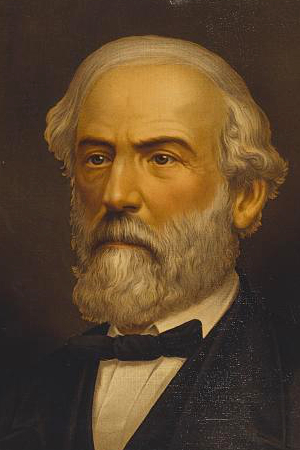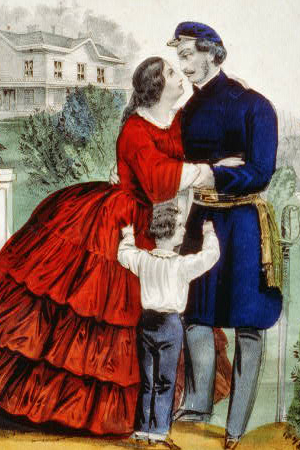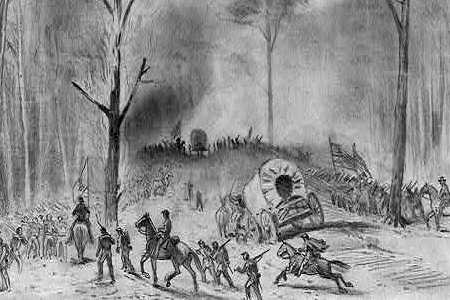
Above: Drawing of the Chancellorsville battle, courtesy Library of Congress. Right: Lithographic of Stonewall Jackson shot on his horse during Chancellorsville battle.

Chancellorsville
Seven miles west of Fredericksburg sits the Chancellorsville unit of the Fredericksburg and Spotsylvania National Military Park. Just take Route 3 west and you can't miss it, which is a bit unfortunate as the visitor center, which sits within a glen of trees near the site of Stonewall Jackson's demise, is very close to the road. The Battle of Chancellorsville occurred on May 1, 1863, basically the midpoint of the two other important battles of the Virginia theater during this time, Fredericksburg and Gettysburg.
Click here to Sponsor the page and how to reserve your ad.
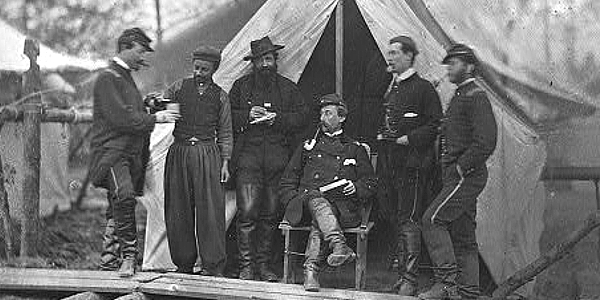
Chancellorsville Then
After Fredericksburg, the Union Army had undergone a lot of change. It had endured Burnside's mud march after the battle, his subsequent removal from his position as commander and replacement by General Joe Hooker. It had devised plans for the spring that now included movement against the enemy, and that movement around Fredericksburg would end up in the battle seven miles west that would be thought of as Robert E. Lee's best victory, the Battle of Chancellorsville. But by the end of this battle, which lasted three days in earnest and more than a week in total, the victory would come at great cost. Some might say that cost would impact the rest of the war. General Stonewall Jackson was killed by his own troops who thought it was Union cavalry approaching as dusk overtook the battlefield on May 2, the second day of the main battle.
Chancellorsville was little more than a waystation in 1863 and the battle was waged all around the area for more than the main three days, starting west of town past Wilderness Church, and moving back toward Fredericksburg to the Salem Church area more than a week later. Check out Salem Church, which is on the outskirts of the city if you get the chance. From April 26 to May 6, the battle was waged between the forces of Robert E. Lee and Joe Hooker at locations like the Catherine Furnace, Chancellorsville Inn, and Hazel Grove. You can see the remains of these sites, although many are gone, during the 12 mile drive around the main battlefield.
Photo above: John Dickinson and General Joseph Hooker plus staff during Chancellorsville campaign. Below: Morning fog over battlefield of Jackson's flank attack. Photos courtesy National Park Service.

Chancellorsville Now
You can take the battle walk from the Chancellorsville Visitor Center that talks about this action and what it meant to the war. Don't miss it. And what did it mean? Well, it's only supposition, of course, but it could have meant further annihilation of the Union troops at Chancellorsville if Jackson's plans for that night (he had desired to continue his attack into the darkness, but that plan was halted after he was wounded), and the next day, had been carried forward with full force. Plus, it could have meant a victory several months later at Gettysburg with Stonewall Jackson as another solid commander beyond Lee and Longstreet.
The park is an expansive display of Civil War history, even though it has become a busy place in some locations off Route 3, that keeps expanding to accomodate the growing suburbs of Fredericksburg. Despite that, you'll get a great history lesson on how tactics in the Civil War can maneuver a victory, as both Robert E. Lee and Stonewall Jackson were on fine display here. It was a Confederate victory, even though it came at great cost.
You can visit the location where Jackson was cared for, and subsequently died eight days later, on the Chandler plantation, known as the Jackson Shrine, which is part of the park and located south of Fredericksburg in Guinea Station.
Minute Walk in History
Take a walk around the locations of the driving tour at the Battle of Chancellorsville battlefield with narration from Confederate General McLaws, who describes the action from his perspective on the field. Notice how the untimely death of General Stonewall Jackson is not mentioned, although his monument is shown near the end of the video. This, in some ways, shows you how involved a commander would be in the battle, that he would not know of that important fact for days, May 10, if not told by couriers from the chain of command. It is also possible that General Lee did not wish his subordinates to leak this information out to the Union.
Watch and listen to our coverage of the 160th Anniversary of the Battle of Chancellorsville with Ranger walks and talks, plus narration from soldiers on the field. From the boastful words of Union General Hooker at the beginning of the battle to the surprising victory by Robert E. Lee's troops despite a two to one advantage for the Union. The carnage on both sides, however, made it hard for either to bask in the victory or defeat.
T-Shirts and Souvenirs

Chancellorsville Battlefield T-Shirts and Souvenirs from the official merchandise of America's Best History. Great for Civil War and American History fans.

Chancellorsville
Things You Should Not Miss
1. Don't miss the Stonewall Jackson battle walk that starts in front of the Visitor Center during the summer season and at other times during the year. It may seem odd that the most important element to many about the battle of Chancellorsville, despite the great Confederate victory, was in the loss of this general. But the battle walk and ranger explanation gives great context to its meaning.
2. There is a 22 minute film in the Visitor Center that is an important overview of the battle. The Battle of Chancellorsville has many elements, and the film is rather essential in understanding what went on here, especially if you're going to take the 12 mile driving tour later, which you should.
3. Even though a bit far afield from this unit of the park itself (it's closer to Fredericksburg), the Stonewall Jackson shrine on the former Chandler plantation can put a good coda on the Chancellorsville battle. It's located south of Fredericksburg.
Photo above: Robert E. Lee at Chancellorsville. Courtesy Library of Congress.

